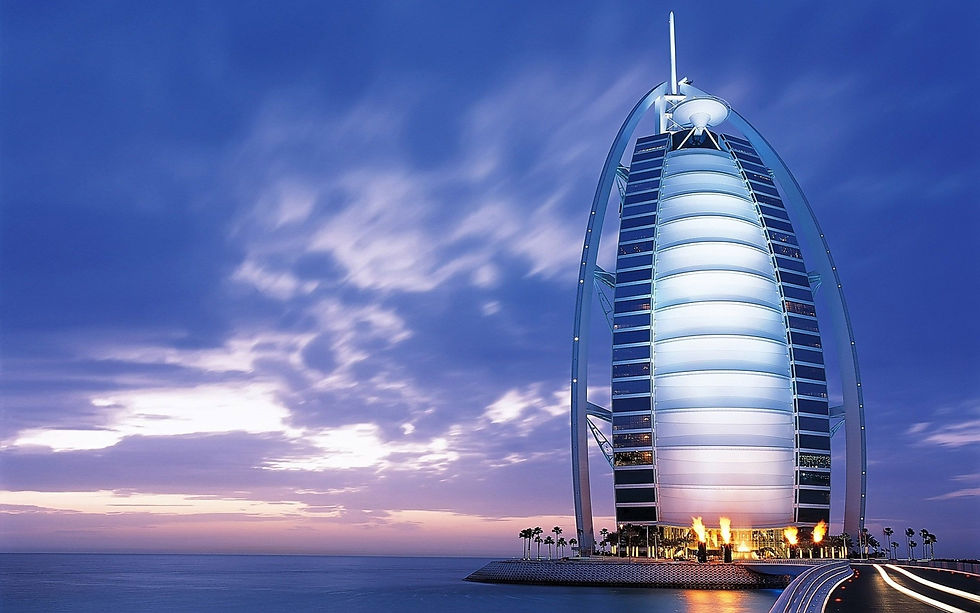top of page

Geography




1/4
Dubai is 16 metres above the sea level, and on the border of the Emirates are located the cities, Abu Dabhi, Sharjah and the Sultan of Oman.
Most of the land space of the UAE is covered by gravel deserts while Dubai is mostly covered by sandy deserts. This sand became from the crushed coral and shells which come from the Persian ocean. We can clearly appreciate this type of sand in the large amount of dunes that are boarding the city. Following these dunes is situated a desert which finishes in the Western Hajar Mountains.
However Dubai has not any natural river or lake, Dubai Creek crosses the city from the northeast to the southwest. The rill is composed of saltwater, and it ends at the Persian Gulf.
CLIMATE
The climate that corresponds to Dubai is hot desert climate.
Summers are extremely wet, and the coldest month is August. The average of the temperatures during a summer day is around 41ºC, and during the night it colds down until 30ºC, which is not a low temperature for a desert climate. Apart from the hot temperatures, the wind, it’s also known as a
However, winters are not as cold as here, in the Basque Country, because of the 24ºC that we can find during the day and the 14ºC at nights. The pollution has affected in the precipitation and we can see how it has increased in the last years.
The water of the Persian gulf is't as deep as in other places all over the world, that’s why experts and scientific claim that the possibility of a tsunami is minimal.

bottom of page